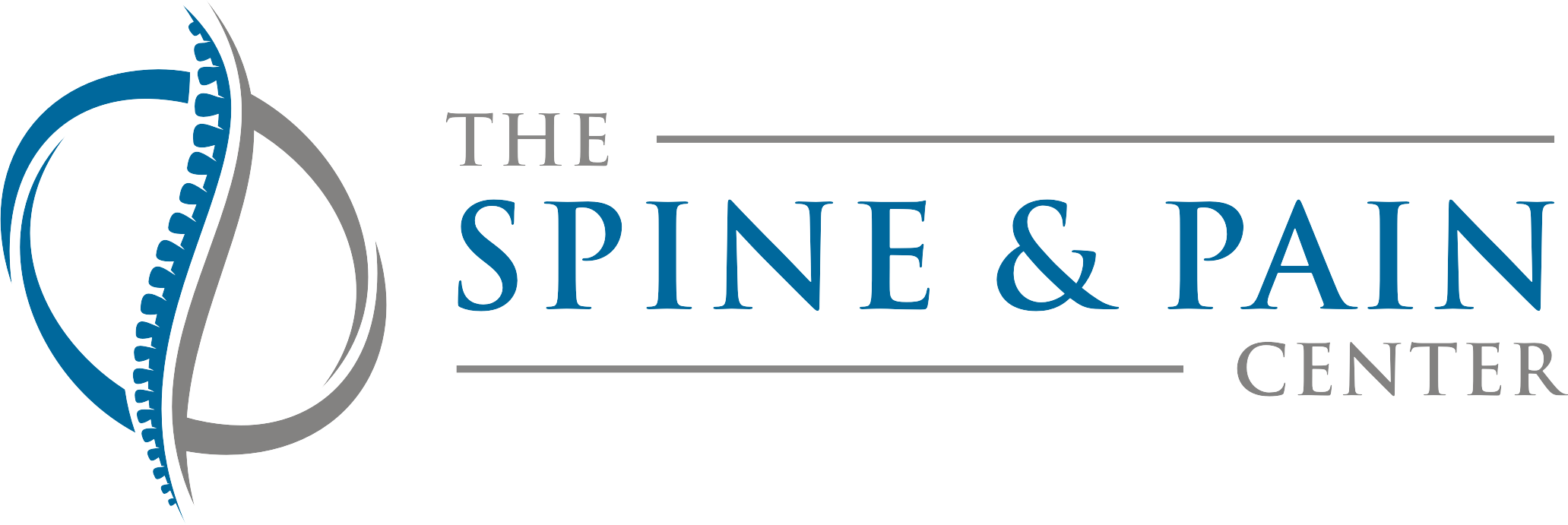Defined
Age-related wear and tear often leads to degenerative disc disease. In this chronic, progressive condition the intervertebral discs in the spine lose their integrity and may also degenerate from injuries that cause swelling and instability in the spine. Degenerative Disc Disease is also sometimes caused by a condition called osteoarthritis. Left untreated, additional damage to the spinal discs may occur such as fragmentation and herniation causing increased pain and limited mobility. A diagnosis of Degenerative Disc Disease may be determined through the patient’s medical history, description of symptoms, physical examination, and MRI scan.
Causes
Early treatment is imperative for patients diagnosed with degenerative disc disease to limit the progression which can lead to a ruptured disc or herniated spine. Degenerative Disc Disease occurs with age when deterioration occurs naturally in the spine. Spinal discs begin to dry out thus reducing their ability to absorb shock. Spinal discs often deteriorate due to injuries, sports and, natural wear and tear.
Symptoms
Chronic pain in the back or neck that continues down to the lower back, buttocks, and legs is often present when Degenerative Disc Disease is diagnosed. Physical activity and the slightest movement can trigger the pain and discomfort with this condition. Early stages of the disease produce only mild discomfort with increasing severity with time and increased damage.
Treatments
A variety of treatment options are available for Degenerative Disc Disease including conservative, alternative, and interventional therapies. Mild cases are often treated with rest, ice, and nonsteroidal anti-inflammatory drugs (NSAIDs). Moderate to severe cases often benefit from interventional therapies, e.g. steroid injections, transcutaneous electrical nerve stimulation, prescription pain medication and, radiofrequency ablation.


